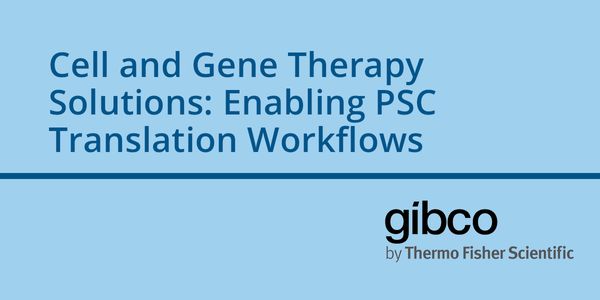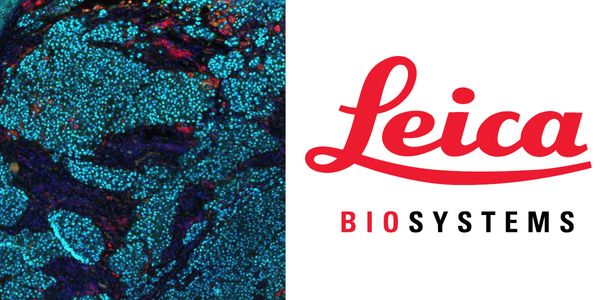Reagent Proteins
Reagent Proteins: Reagent Proteins is the Source for Proteins. Supplying over 5,000 quality reagent proteins, specialized products and vaccine components. Formerly sold under the Reagent Proteins division of Pfenex, CRM197 is the ideal carrier protein or immunological adjuvant for conjugate vaccines. CRM197 has been used commercially in prophylactic vaccines since 1990. Current research and development areas include immunotherapies and anti-addiction vaccines. Pfenex CRM197 is similar in both structure and function to the protein produced in C. diphtheriae, as shown in physicochemical and in vivo studies.
-
Whether you are performing killing assays, immunophenotyping of TILs, characterizing the tumor microenvironment, or investigating immunogenicity, primary cells are essential for the discovery...Speaker: Lotta Raty
NanoMIPs, often called “plastic antibodies”, are made using a proprietary self-assembly process where the template molecule is incubated with monomers, each of which is free in so...
Multiplexing IHC is a technique that is increasing in demand as more and more researchers and physicians are being tasked with doing more with less. With multiplexing, you have the advantage...
Speaker:
Mark Hellewell, PhD
FEB 27, 2019 | 8:00 AM
DATE: February 27, 2019TIME: 8:00am PST Pluripotent stem cells (PSCs) can form any tissue or cell in the body, and are the ideal starting material to manufacture...
The Chain of Custody in our labs is the unbroken link between the objects used in your research: your people, the animal models, the cell lines, reagents, compounds; the lab instruments and d...
FEB 20, 2019 | 9:00 AM
DATE: February 20, 2019TIME: 9:00am PST ...
DEC 06, 2018 | 9:00 AM
DATE: December 6, 2018TIME: 9:00am PST, 12:00pm EST Induced pluripotent stem cells (iPSC) intended for translational applications need to be of...
NOV 15, 2018 | 10:00 AM
DATE: November 15, 2018TIME: 10:00am PT, 1:00pm ET Multiplex fluorescence immunohistochemistry offers a window into the biology of human disease, enabling the ana...
Speaker:
Traci DeGeer, BS, HT (ASCP) HTL, QIHC
, Alexander Klimowicz
Sponsored By: Leica Biosystems
NOV 15, 2018 | 4:00 AM
Development of physiologically relevant cellular models, with strong translatability to human pathophysiology, is critical for identification and validation of novel therapeutic targets. Cell...
OCT 30, 2018 | 10:00 AM
DATE: October 30, 2018TIME: 10:00am PT, 1:00pm ET Identification and quantification of post-translational modifications (PTM) presents a unique challenge to proteomic studies...
OCT 30, 2018 | 8:00 AM
DATE: October 30, 2018TIME: 8:00am PDT, 11:00am EDT Does your PSC medium support cell therapy? In this webinar, learn about Cell Therapy Systems™ (CTS...
Everyone that uses titration in their lab knows how simple and fast the technique can be. However, uncertainty around when to replace electrodes creates confusion. Reagent quality, tubi...
Speaker:
Jessica McVay
, Lori Spafford
As the most common female malignancy, breast cancer is the most likely reason that a woman will die of cancer around the world. Breast cancer mortality has dropped in the U.S. by 35% since 19...
Speaker:
Benjamin Anderson, MD
Lung cancer is the leading cause of cancer-related mortality worldwide. Large-scale sequencing studies have revealed the complex genomic landscape of NSCLC and genomic differences between lun...
Speaker:
Nicholas McGranahan, PhD
Two projects looking at novel approaches to targeting inflammatory breast cancer will be presented. Inflammatory breast cancer (IBC) is a unique, understudied, and most lethal subtype account...
Speaker:
Kevin Williams, PhD
























